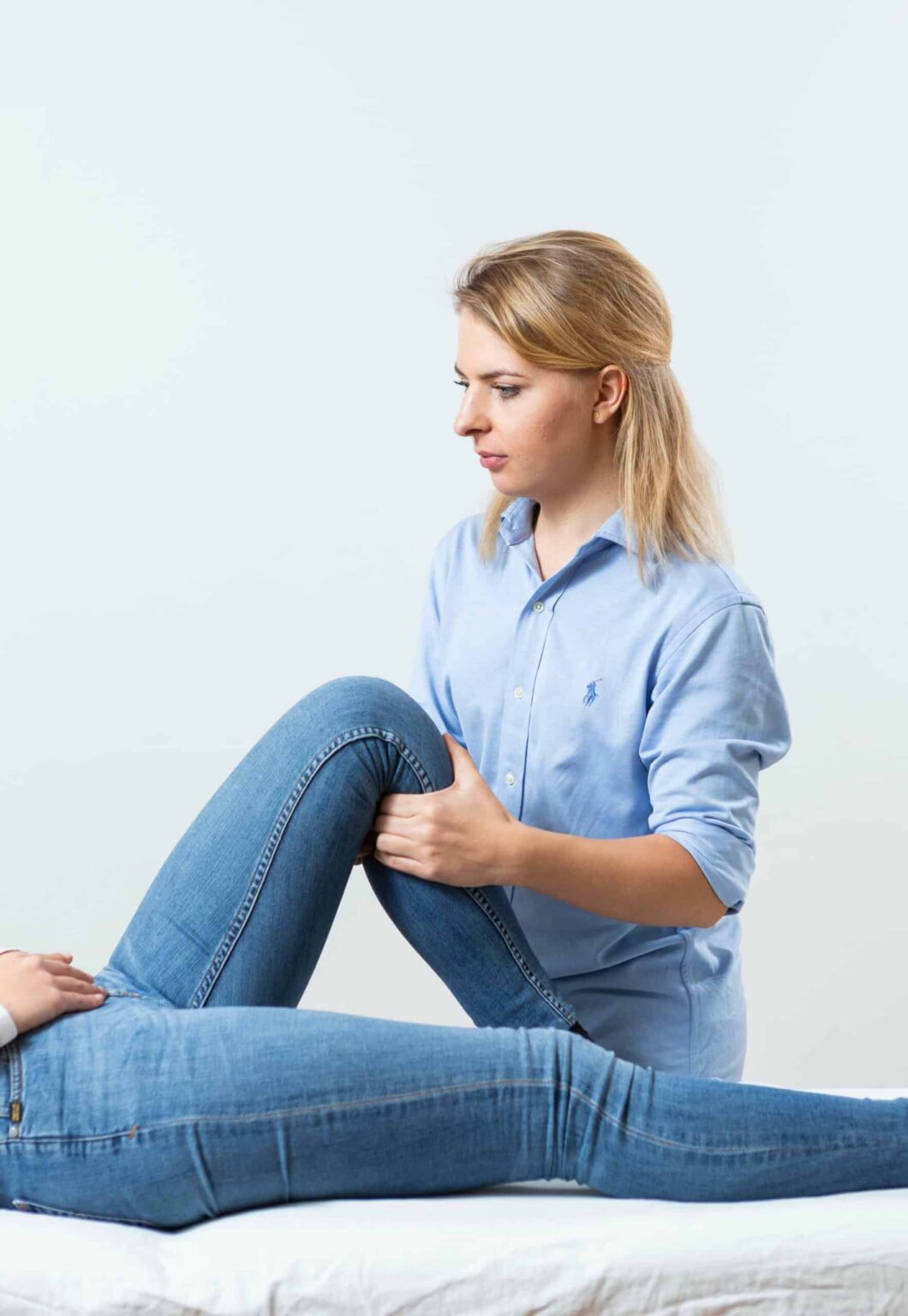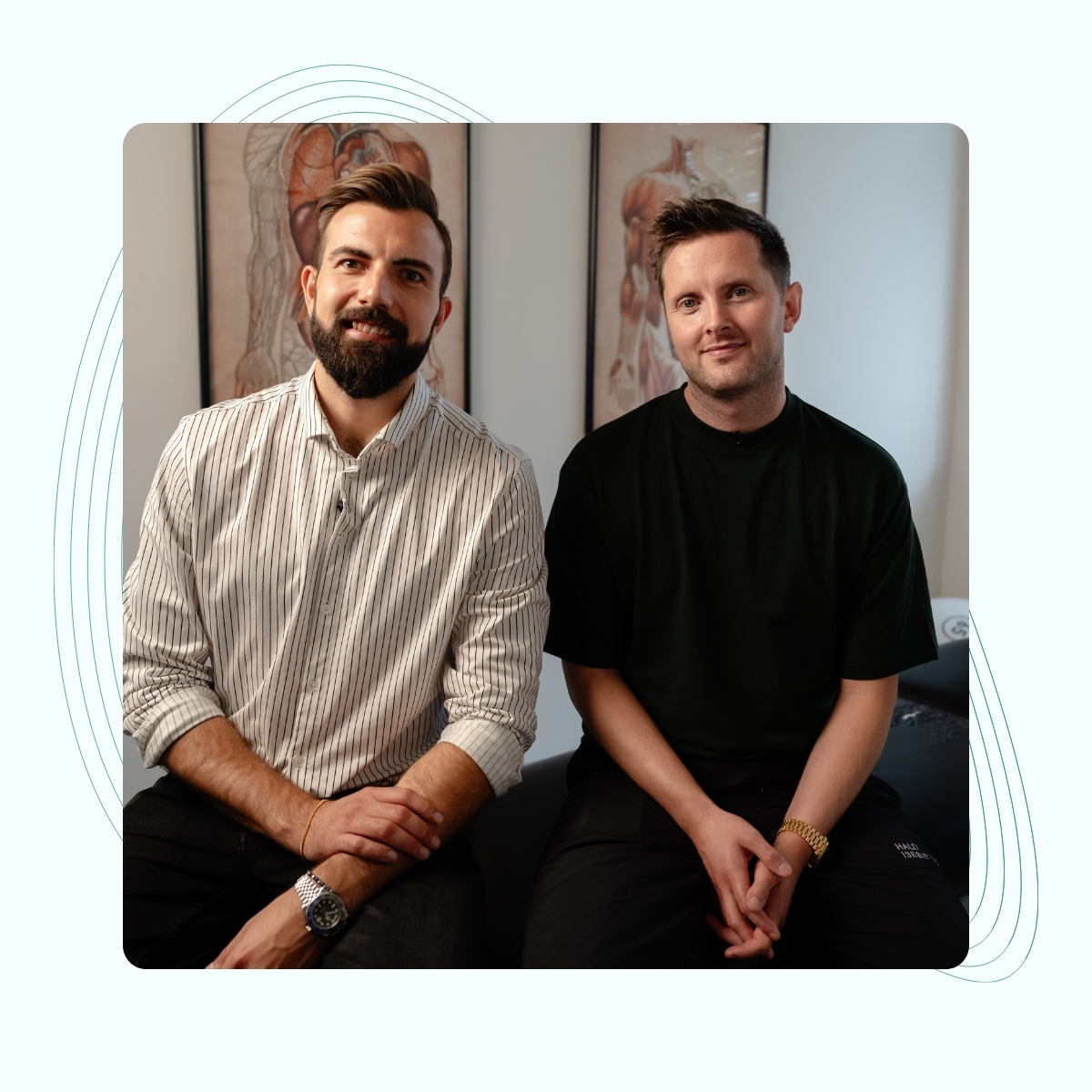We treat
Golfer's Elbow
Learn more about golfer's elbow and its discomfort
What is “golfer’s elbow”?
Medial epicondylitis, or golfer’s elbow, is a term for an overuse injury that occurs on the inside of the elbow, where a group of forearm muscles attach. The muscles in this group are responsible for flexing the wrist and finger joints.
Jump to section [Vis]
Why does golfer’s elbow occur?
Golfer’s elbow can occur, among other things, when the muscles on the inside of the forearm are repeatedly strained, for example during physical work or during leisure activities. These strains, which require bending and twisting of the wrist, will overload the area on the inside of the elbow where these muscles attach.
This overload will thus cause an inflammatory condition to occur in the muscle tendon.

Anatomy, incidence and differential diagnoses
All movements of the forearm and wrist use muscle groups that attach to either the outside or inside of the elbow joint. As mentioned above, it is the outer part of the elbow bone that is affected.
In the vast majority of cases, approximately 90%, the extensor carpi radialis brevis muscle is particularly affected. This muscle performs, for example, lifting the hand from the table and can move the hand and wrist in the “handshake position”.
Typically, it is the sustained tensile strain that can lead to inflammation of the tendon attachment, but there is also a degeneration (degradation) of the hyaline cartilage that can slowly cause a lower and lower level of use of the arm. Therefore, it is also called tendinopathy (overuse of tendon tissue).
“Tennis elbow” is the most common cause of elbow pain in general practice.
The problem affects approximately 1-2% of the adult population, most frequently in the age group 35-50 years, and is largely determined by our mechanical environment and possibly continuous, uniform movement patterns, but it must also be seen in connection with our general lifestyle (exercise, sleep, stress, diet) and health.
Symptoms of golfer’s elbow
Symptoms of golfer’s elbow include mild to moderate pain on the inside of the elbow that is aggravated by use of the hand. The pain can occur during activities such as carrying shopping bags, pouring and drinking, and manual labor.
In many cases, the pain may only occur a few days after a heavy overload. It can feel like a throbbing pain, and it often radiates down the forearm towards the wrist.
Causes of golfer’s elbow
All evidence indicates that golfer’s elbow is primarily caused by repetitive, one-sided work. It can occur, for example, when using a screwdriver, a paintbrush, or driving a wheelbarrow.
In other words, you can easily get golfer’s elbow without having played golf.

Osteopathic approach to golfer’s elbow
The pain you feel with golfer’s elbow is due to inflammation. The causes of inflammation are always multifactorial. Mechanical stress, neurological, chemical and vascular influences always contribute to the development of inflammation. It may therefore be necessary to investigate whether something is maintaining the condition if the pain has not gone away after a few months.
Poor circulation can cause the amount of blood needed to reach the arm to heal golfer’s elbow to be insufficient.
At the same time, poor venous return can cause blood to stagnate and create increased pressure, which in turn increases the pain. Increased or decreased neurological activity of the ulnar nerve is also always part of the cause.
Other treatments
The goal of treating golfer’s elbow is to help the muscle tendon that attaches to the inside of the elbow heal. Anti-inflammatory medications, such as ibuprofen, can relieve pain, and for severe pain, your doctor may give you a cortisone injection to reduce inflammation in the area.
In addition, many physiotherapists and practitioners treat golfer’s elbow using:
- Acupuncture
- Laser
- Ultrasound
- Electrotherapy
- Shockwave
- Massage
- Training
An osteopath includes all the body’s systems in his treatment, including the biomechanical, neurological, circulatory and metabolic systems, as well as psychological factors.
Based on these systems, the osteopath finds the causal relationships and treats these using various mobilization and manipulation techniques, as well as providing good advice on prevention and rehabilitation exercises.
Golfer’s elbow prognosis
Getting over golfer’s elbow depends on many different factors, such as how long you have had it before treatment, what kind of job you have, and your general health.
50-70% of people with golfer’s elbow become symptom-free. The prognosis is best with prompt treatment after the injury has occurred.
Typically, golfer’s elbow lasts for a few months, but in severe cases, the condition can last for several years if the correct causal relationships are not found and managed optimally.
Good advice against golfer’s elbow
It is a good idea to avoid activities and stresses that cause pain. If you have a job that requires you to use your hands, you can try using the opposite hand for some of the tasks to provide relief. For some, it helps to use an elbow bandage, which can relieve the muscle tendon.
Anti-inflammatory medications such as ibuprofen can relieve pain, as it is the inflammation that hurts, but since inflammation is also necessary for the area to heal, it may be best to avoid them unless the pain is too great.

Often related injuries
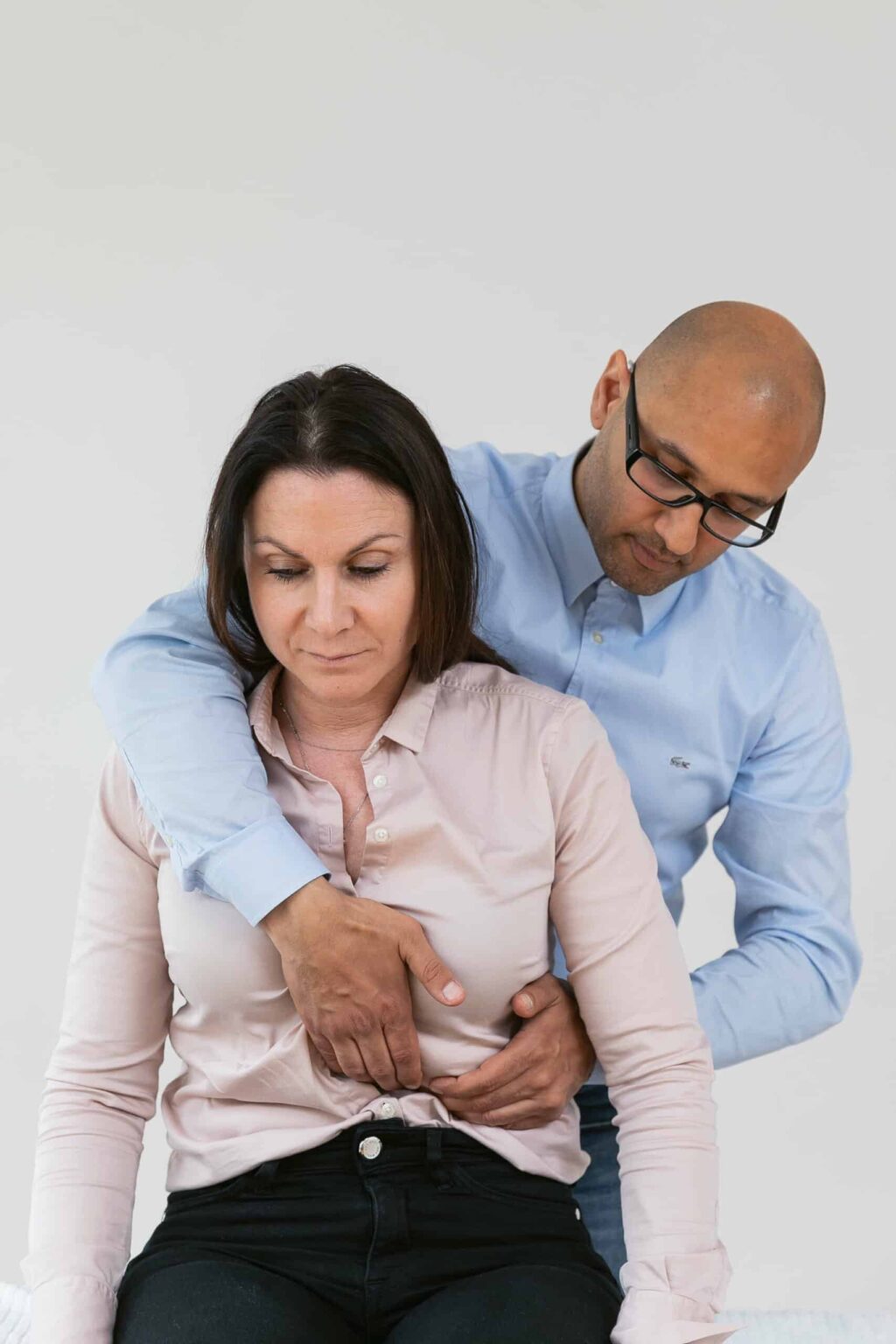
Side stitch
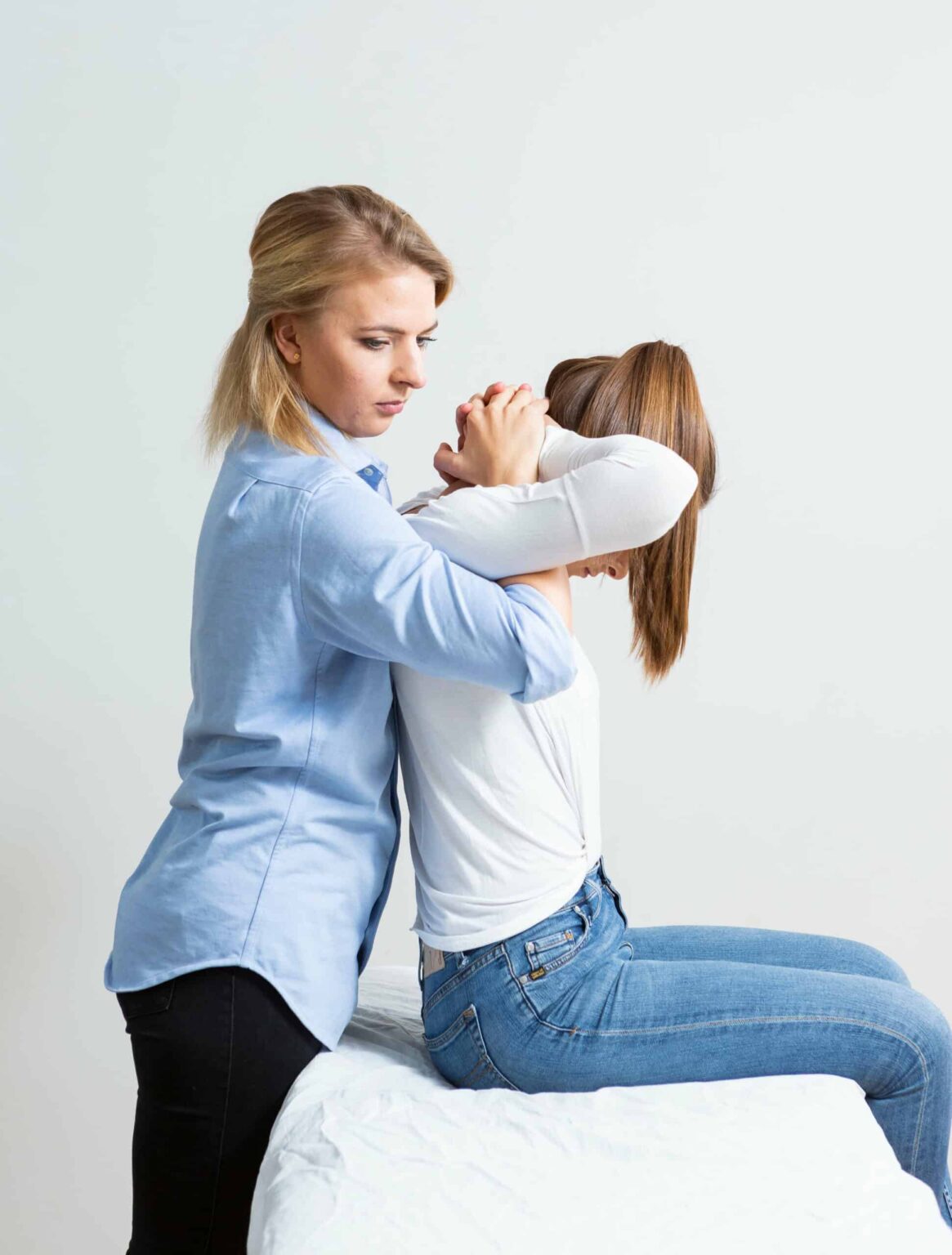
Padel injuries
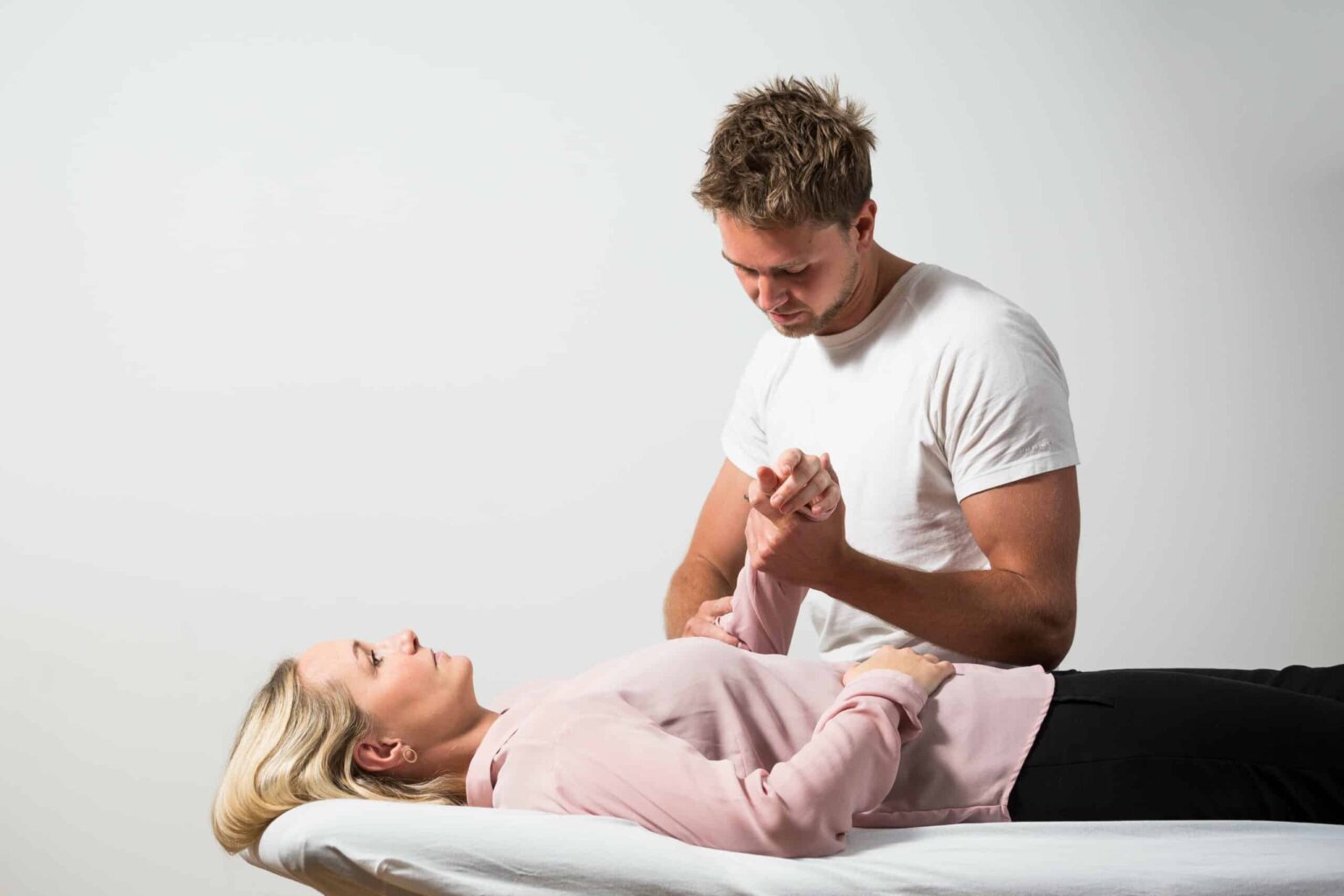
Trigger finger
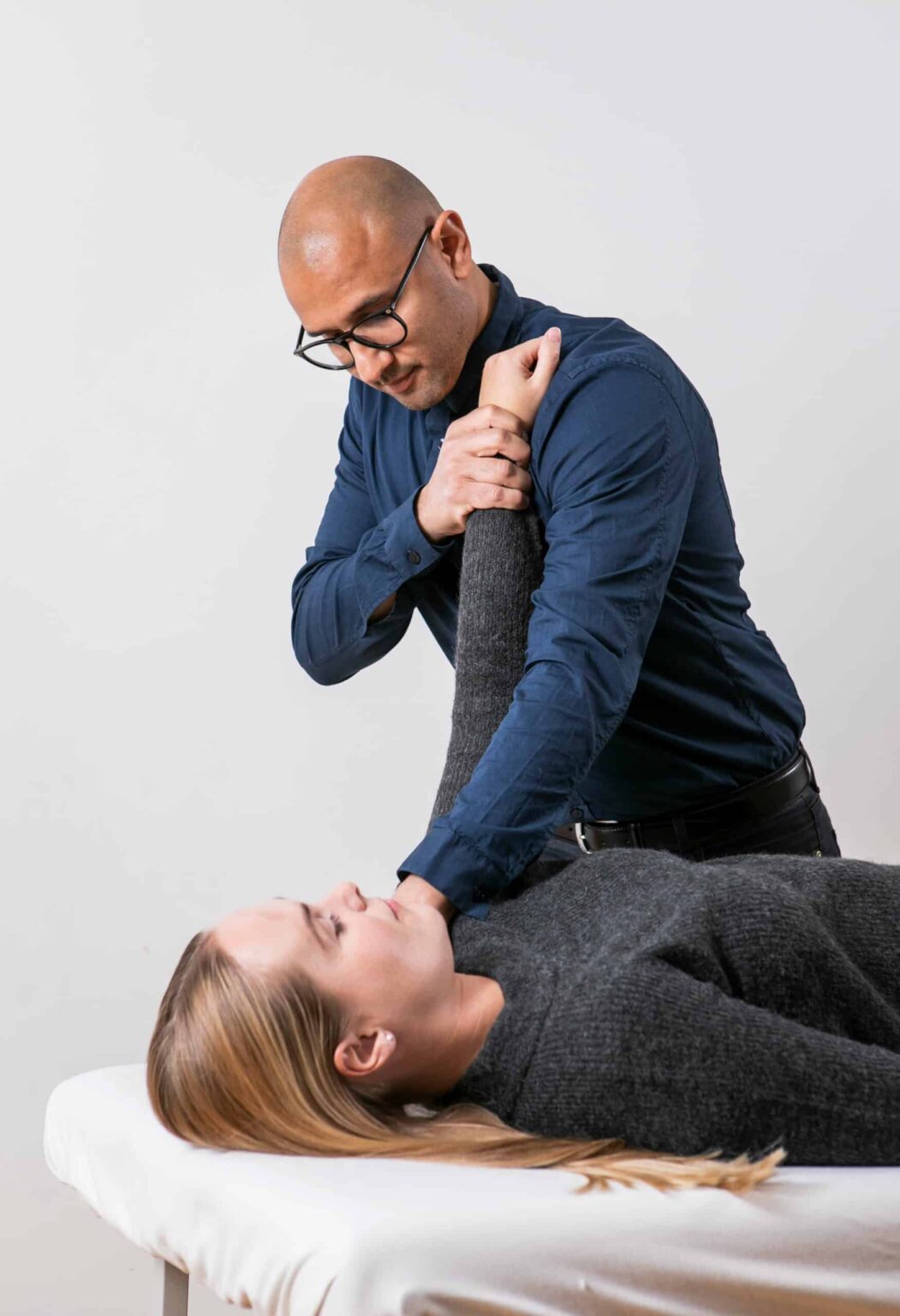
Carpal tunnel syndrome

Tenosynovitis
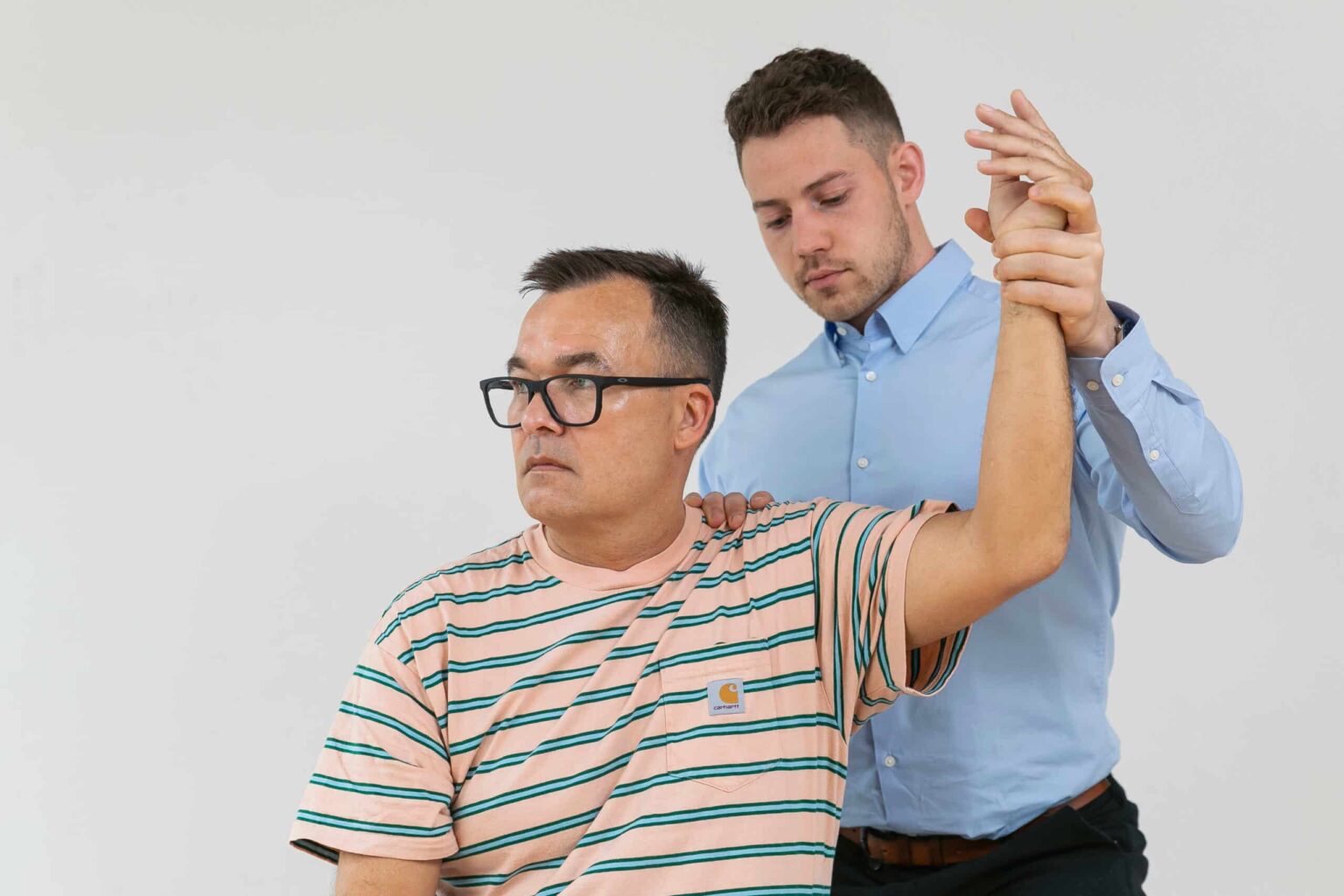
Golfer’s Elbow
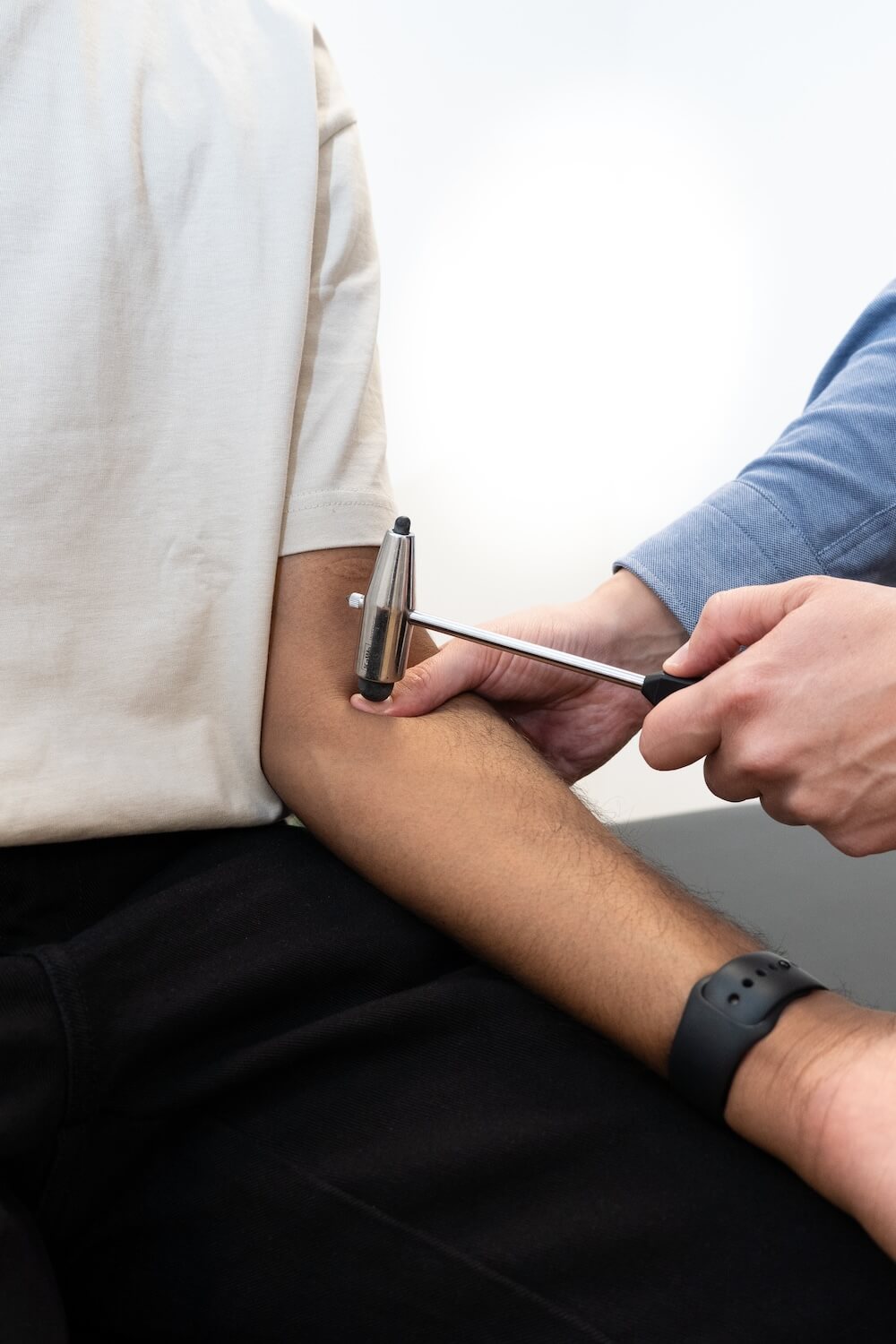
Tennis elbow
